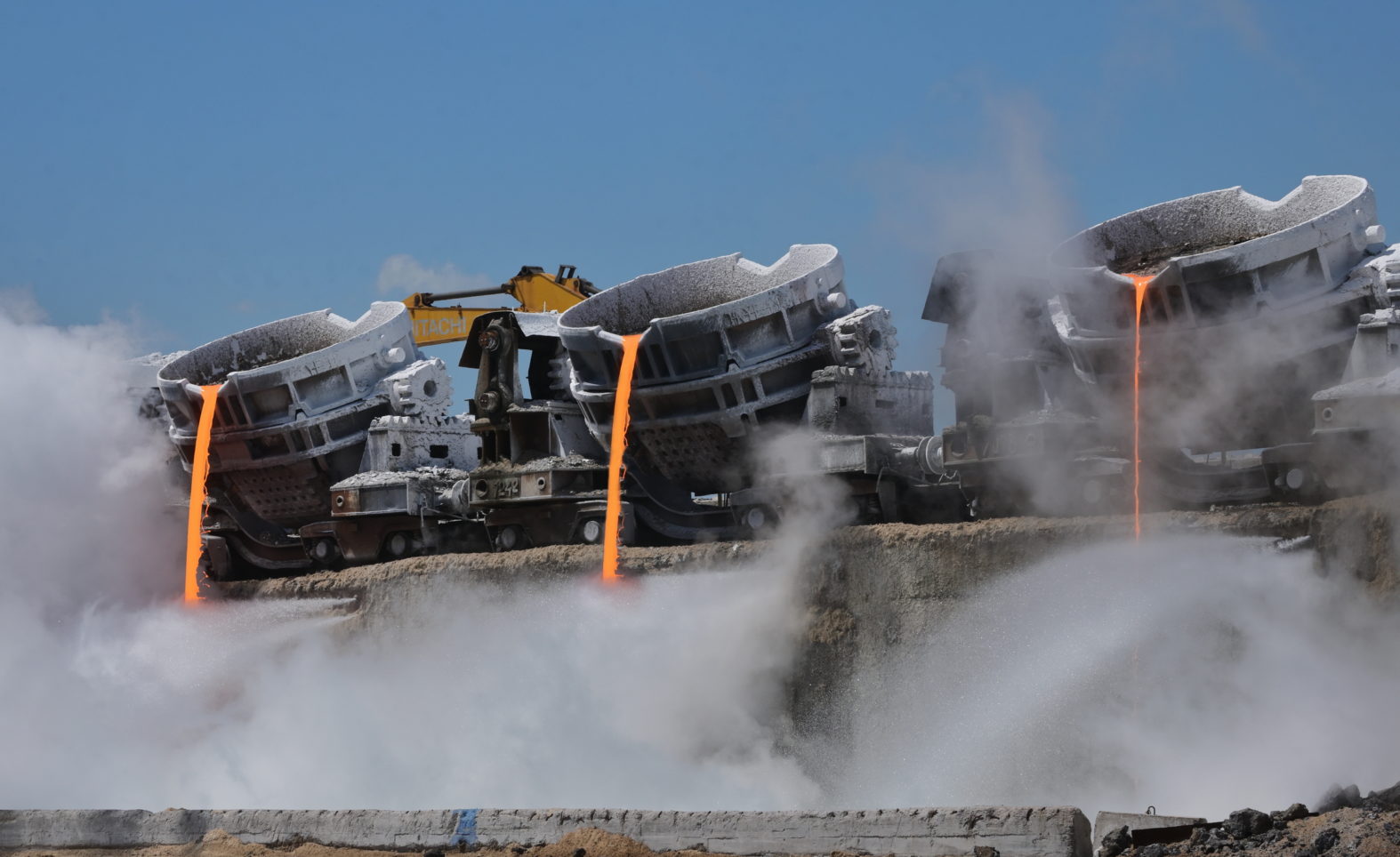Whyalla featured on hit documentary series Australian Story
In September 2018, the ABC’s hit documentary series Australian Story tracked ...

LIBERTY Galați has for the first time exported 50,000 tonnes of blast furnace slag, a by-product of the steelmaking process carried out at the plant, to be converted into very low carbon cement at a specialist factory in France.
Galati’s first load of granulated blast furnace slag, which had been processed at the plant’s own specialist facility, was shipped to France last month. There the factory uses innovative technology to make cement by combining the slag with clay and plaster in a kiln and clinker-free production process. The company’s new process is better for the environment because it does not involve the extraction of limestone, does not release gases into the atmosphere and will, eventually, reduce the carbon footprint of the cement by 80%.
LIBERTY Galați produces about half a million tonnes of blast furnace slag a year. Of this, the granulated slag is used by cement producers in Romania but also in other countries across Europe and Africa. Aida Nechifor, the recently appointed General Director of LIBERTY Galati, said: “Our ambition to become carbon neutral by 2030 is already well-known. However, we are very happy to be able to ensure that even the by-products of our current production process, such as blast furnace slag, can be used better to help reduce the carbon footprint of other products.”
Why it is good for the environment
Slag, a by-product of blast furnace steelmaking, can be used to create concrete when it is ground to a suitable size and then used to replace normal Portland cement. To create the correct condition for grinding, molten slag is rapidly chilled into glassy granules which have cementitious characteristics. So-called slag cement is recognised as having long-term performance benefits over normal cement and is often found in ready-mixed and precast concrete or high temperature-resistant building products. Slag cement is also recognised as being at least 30% less carbon-intensive to make than cement produced traditionally, which uses a rotary kiln in which the raw materials are heated up to 1,450 degrees Celsius, which is second only to steel in CO2 emissions.
Leave A Reply